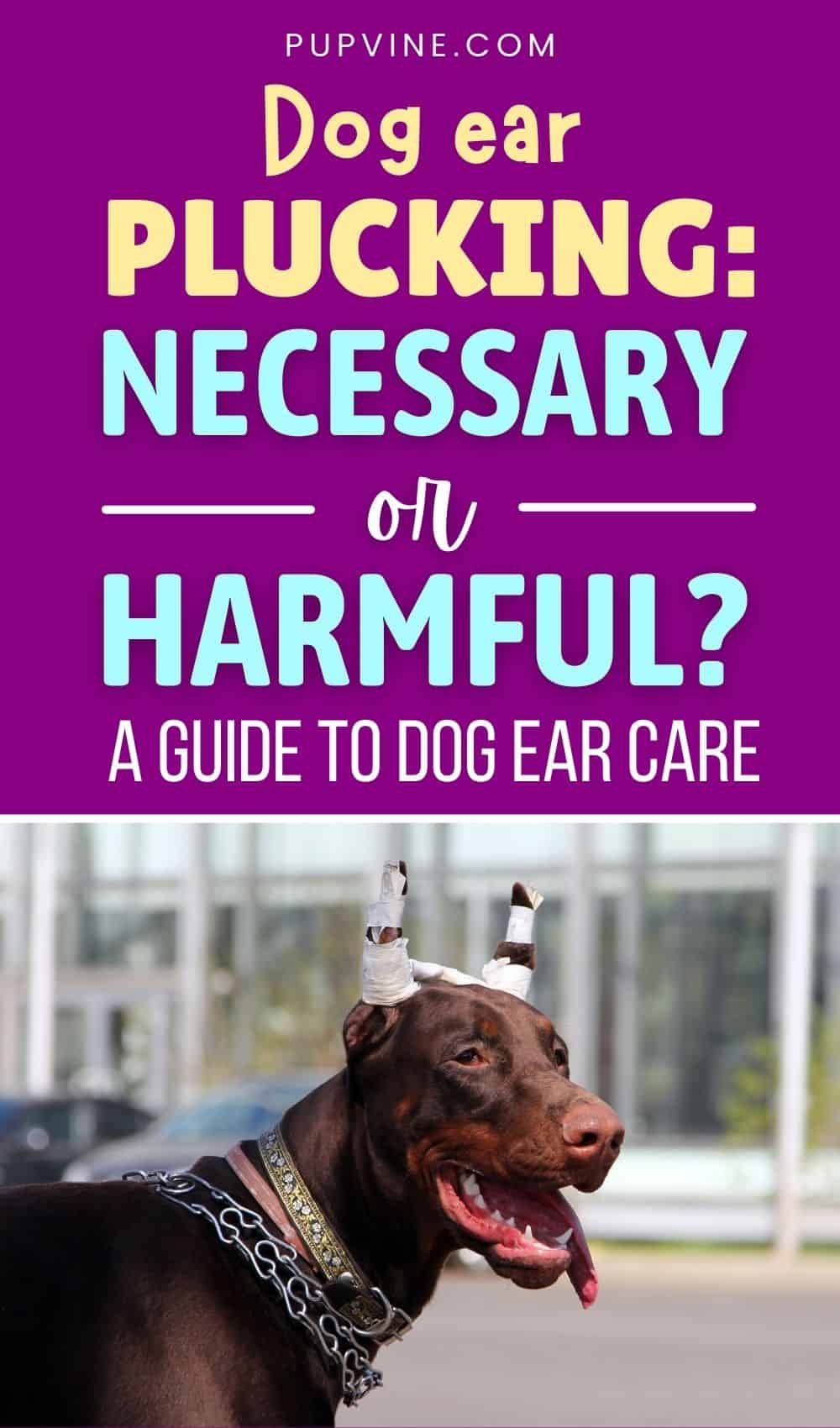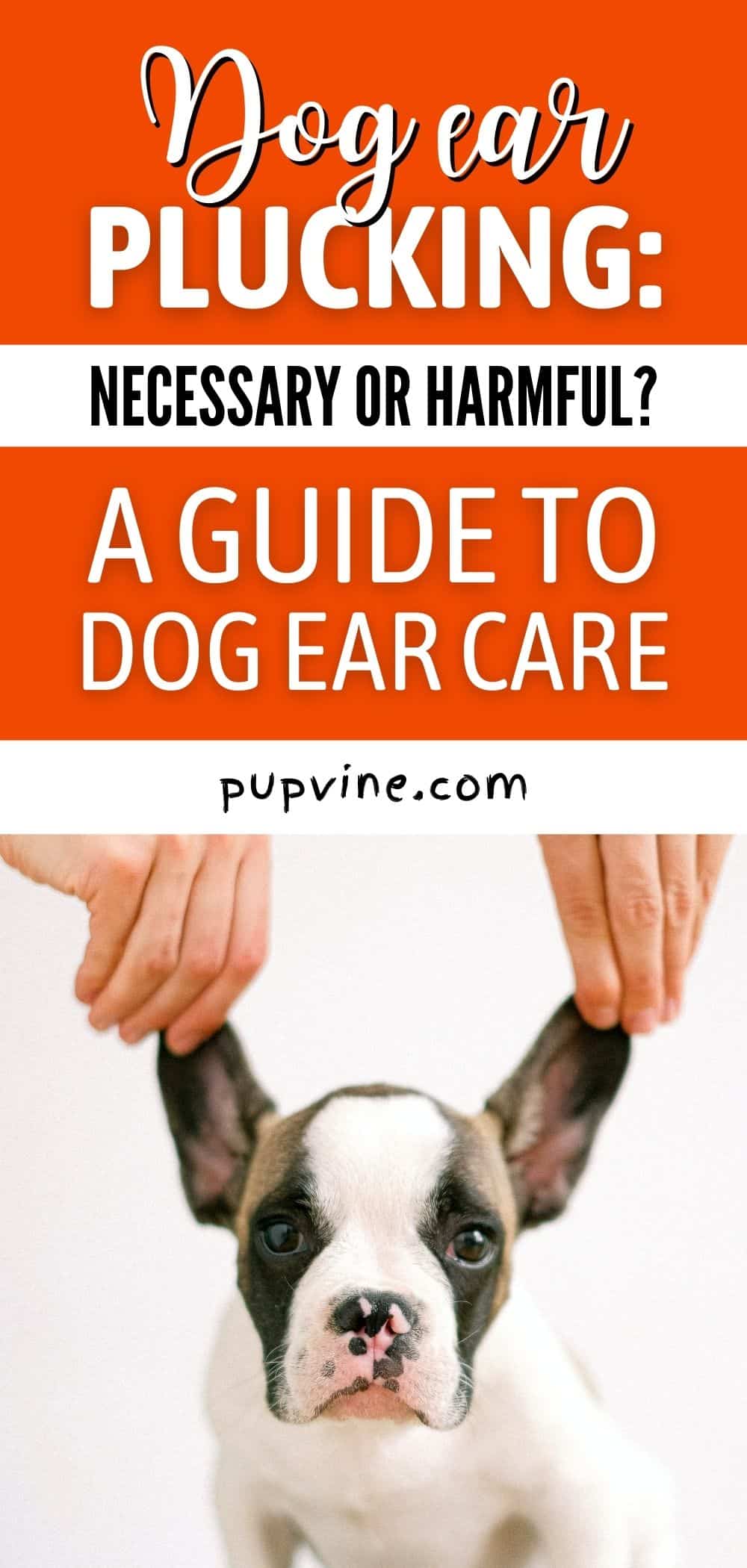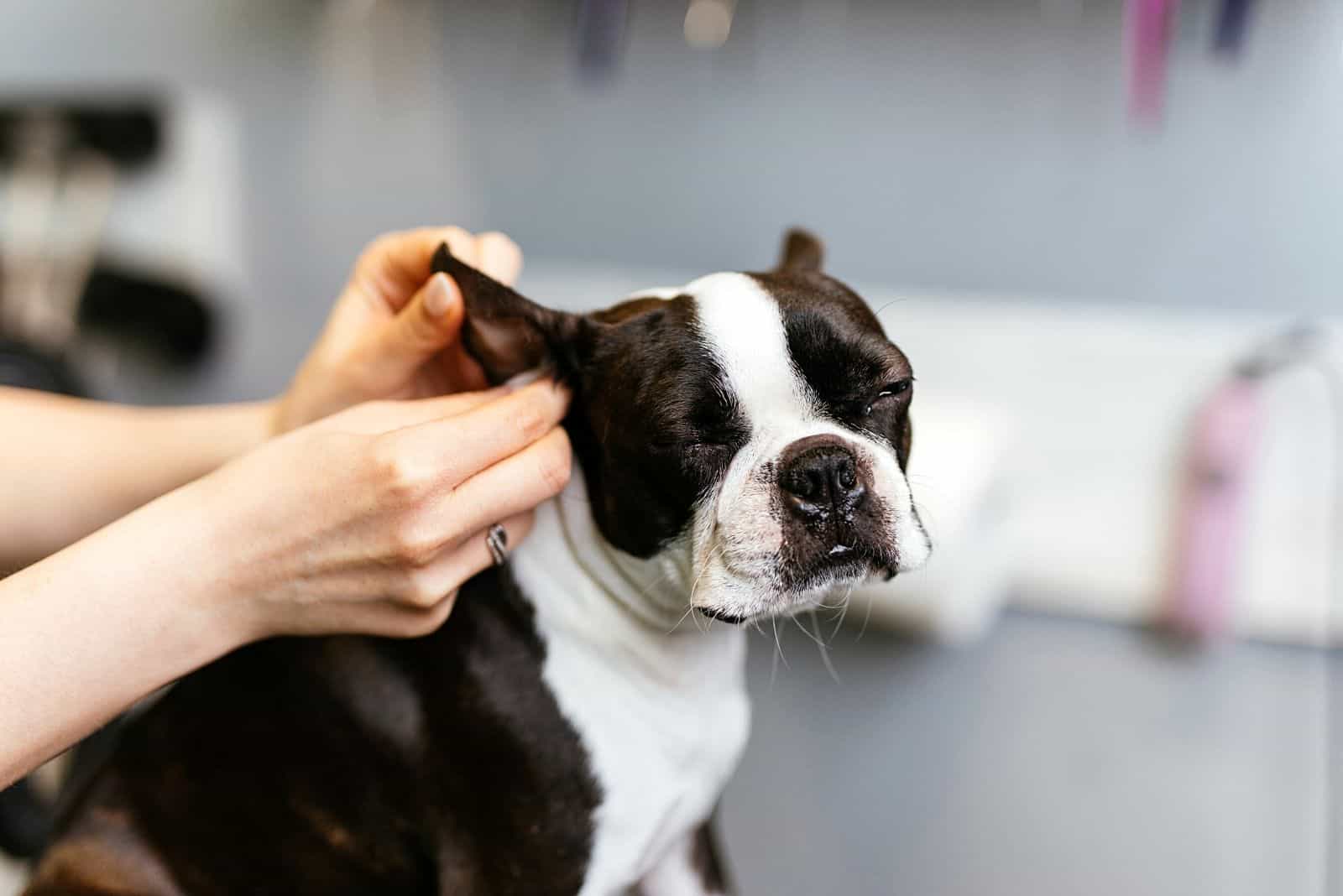The argument as to whether dog owners should have their pet’s ears regularly plucked is one that has raged for a few decades. In all likelihood, it will continue for many years to come, as opinions swing in favor of one side or the other.
As with any subject that concerns your dog’s health, it’s always good to revisit these debates to discover the best course of action. It’s no secret that most of us want the very best for our pampered pooches, after all.
In this article, we will examine all aspects relating to the practice of plucking a dog’s ears and try to present a balanced view that will help you to make a decision, or at least to become well-informed on the subject.
Why Do Dogs Suffer From Ear Infections?
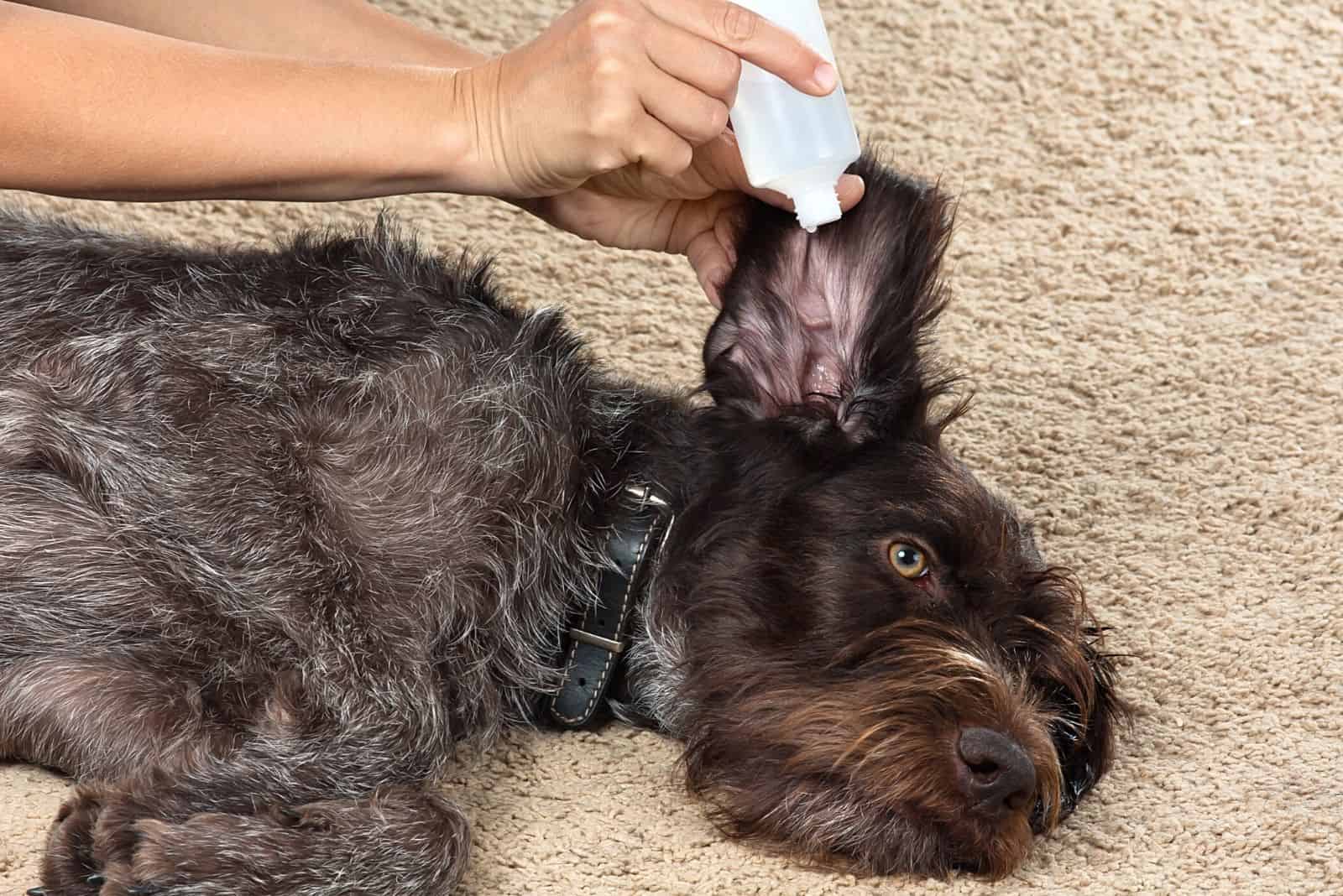
It’s an age-old problem; you see your dog constantly scratching at that ear and shaking its head violently. Straight away, you know that the ear is infected, again! The causes are many and varied and can usually be treated with medication pretty easily.
But why does it happen so regularly?
Sometimes it’s something as straightforward as the fact that they’ve been investigating an ant’s nest and been bitten. Bug bites can cause a nasty reaction, which often becomes infected.
If your pet is a keen swimmer (and many dogs are, given the chance!), dashing into the shallowest pond or puddle, then infections can occur due to the moisture build-up or contaminants in the water, which can cause fungal or bacterial infection.
Autoimmune or endocrine disorders (such as hyperthyroidism) can also predispose your dog to these kinds of ear issues.
Mites can be a problem, too, as can an excessive amount of earwax.
Even allergies can be the cause of ear infections, as these attack the immune system, especially relating to the skin.
However, the three main contributing causes of ear infection in dogs are entirely natural; the shape of the ear canal, bacteria/yeast, excess hair on the inner canal.
Should Excess Hair Be Plucked?
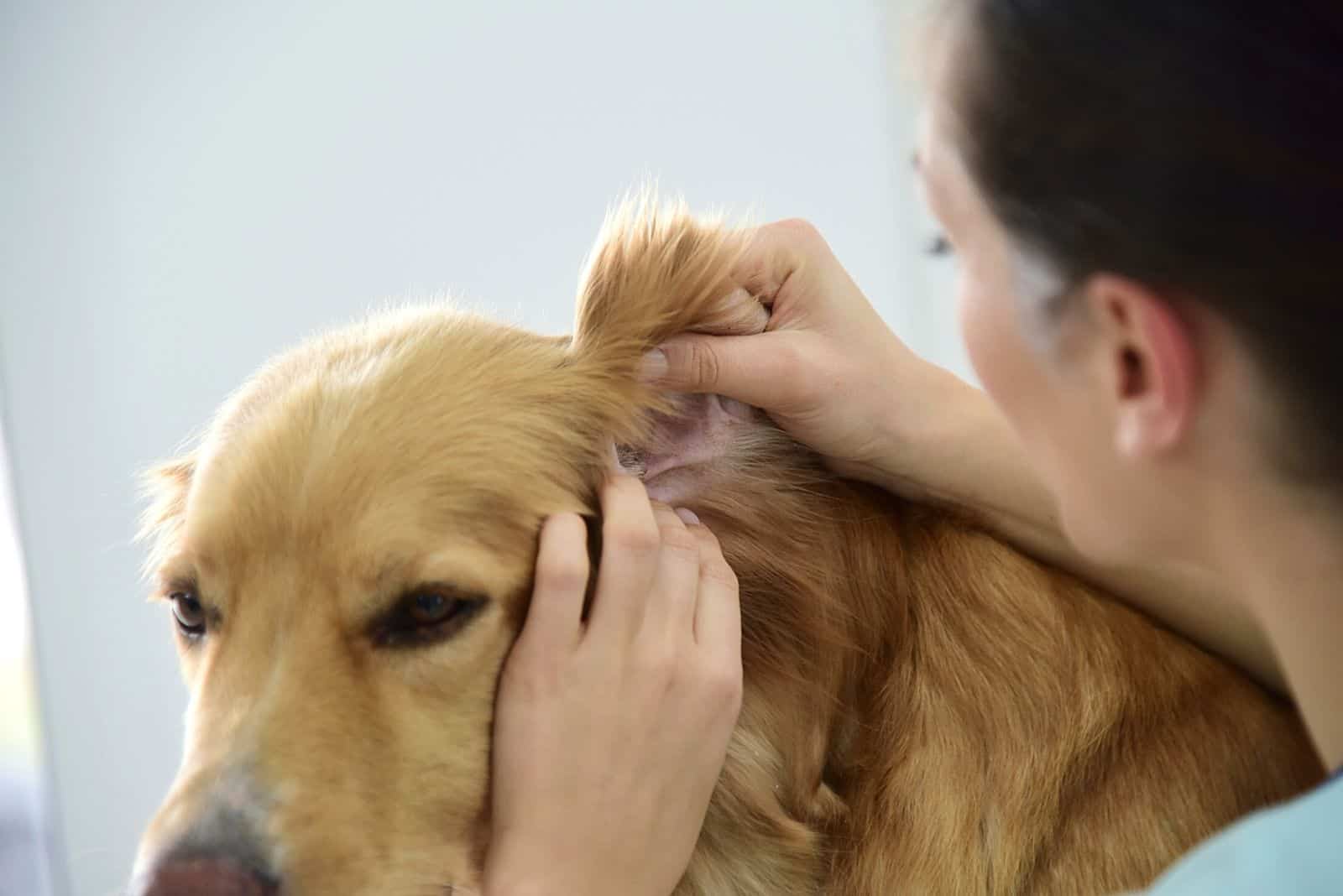
This is the argument presented by those in favor of plucking a dog’s ear hair. Too much ear hair, especially in the inner ear, creates conditions that allow moisture and heat to build up. Yeast and bacteria that are naturally present on the skin begin to grow in larger amounts in this environment, which causes irritation and broken skin, which invites infection.
Some professional dog groomers advocate the plucking of hair from a dog’s ears to aid the airflow, thus keeping the canal free from moisture and heat.
Using tweezers or a hemostat (a surgical tool usually used to close blood vessels), the groomer will pluck individual hairs until they are satisfied that the passage is clear.
Ear powder is applied beforehand, which is supposed to soften the hair at the root and make the process less painful.
With less hair in the way, air circulation is improved, and any medication can be applied easily, reaching the places where it can be more effective.
As you may imagine, plucking a dog’s ears is sometimes easier said than done! The process can be painful, with many dogs protesting, understandably, at the treatment.
Many a groomer will attest to the screams, whimpers, violent wriggling, and bites that often accompany a plucking session. Some dogs become so traumatized that they learn to fear a visit to the grooming parlor.
On that note, many dog owners prefer to pluck at home. This is done in the same way, but some people will use their fingers to pull out four or five hairs at a time. They will also often use an ear powder, but concerns have been raised about using home-made powders or those that have not been approved by veterinarians.
The Other Side Of The Argument
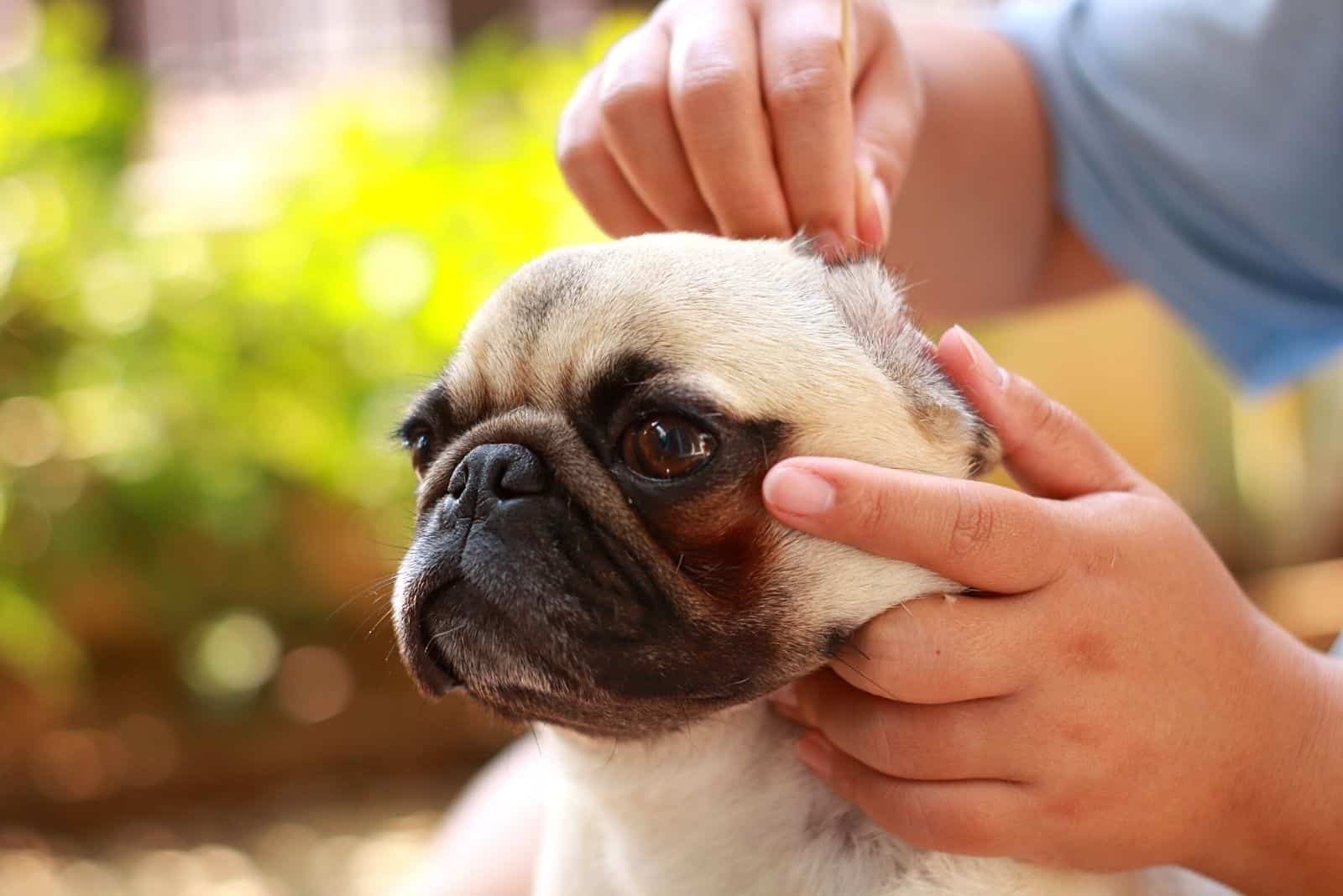
Opponents of ear plucking point to the pain and discomfort experienced by the dog as a good reason to avoid the procedure. They also explain that pulling out hair damages the follicles and causes microscopic tears, which become inflamed, which may lead to an increased risk of infection — the very thing they are trying to avoid!
Because opinions and trends have swayed over time, this has allowed some dog grooming experts to study the results. Those who once endorsed the practice, but have since taken the advice of veterinarians and stopped plucking, have noticed that they receive fewer calls from dog owners accusing them of getting water in the dog’s ears, which caused an infection.
What they have gleaned from this is that the real cause of the infection was not water but the plucking itself!
Why Is It So Important?
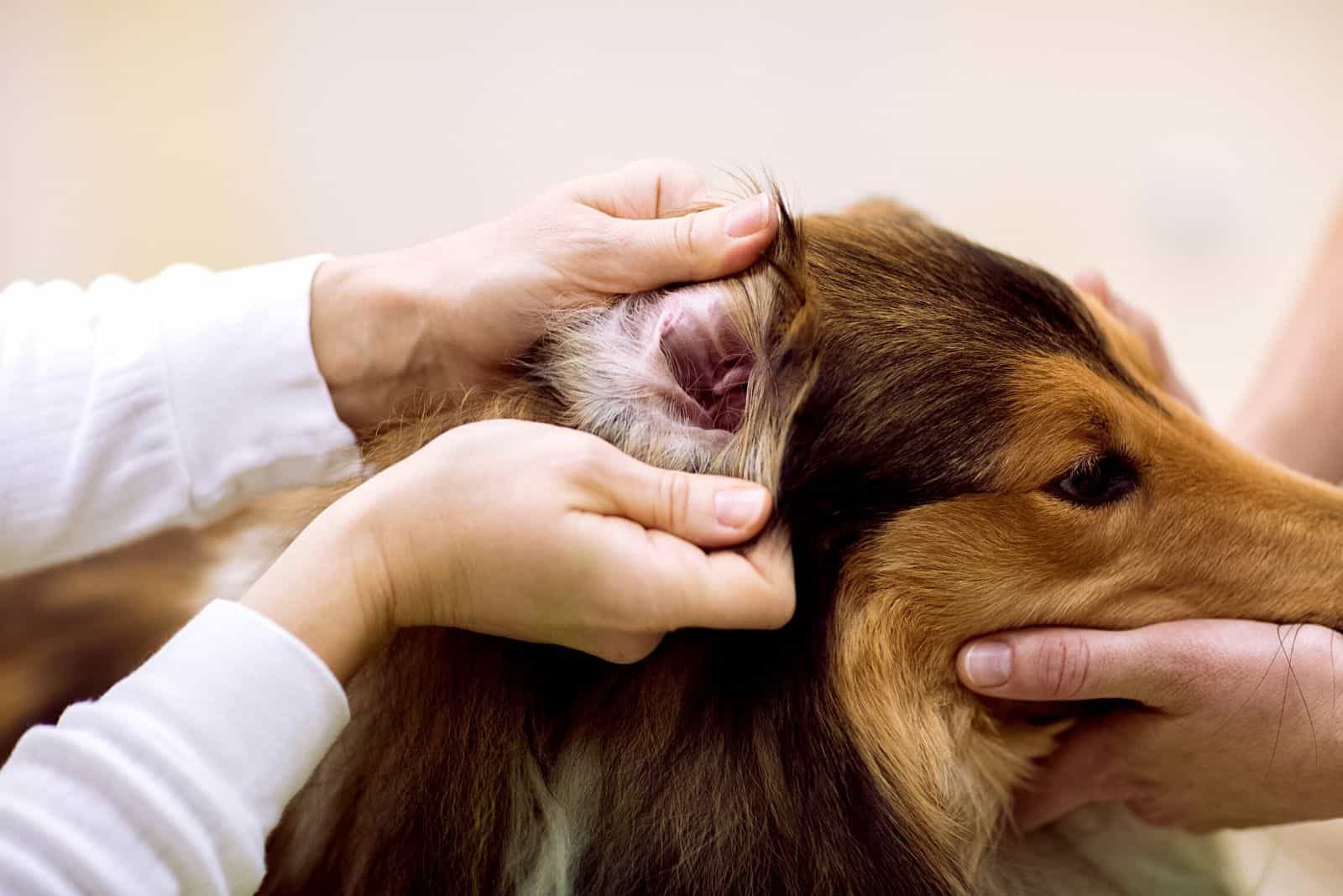
You could shrug and say, ‘Well, over 20% of dogs have ear infections, you just give them drops, and they’re okay. What’s the big deal?’
The big deal is this: there are three main types of ear infection, and two of them are so serious they could permanently damage your dog’s health.
Otitis externa — the most common and least serious infection, where the cells of the outer part of the ear canal become inflamed.
Otitis media — the initial infection can spread, especially when left untreated, reaching the middle ear.
Otitis interna — the most sensitive part of the ear canal. Chronic ear infections here (or in the middle ear) may cause your dog to become disoriented, dizzy, suffer from facial paralysis, and even deafness (which can be permanent in severe cases).
If you ever suspect that your dog’s ears have become infected, then don’t delay in seeking advice from a qualified veterinarian. The sooner it is treated, the better.
What Signs Should I Look Out For?
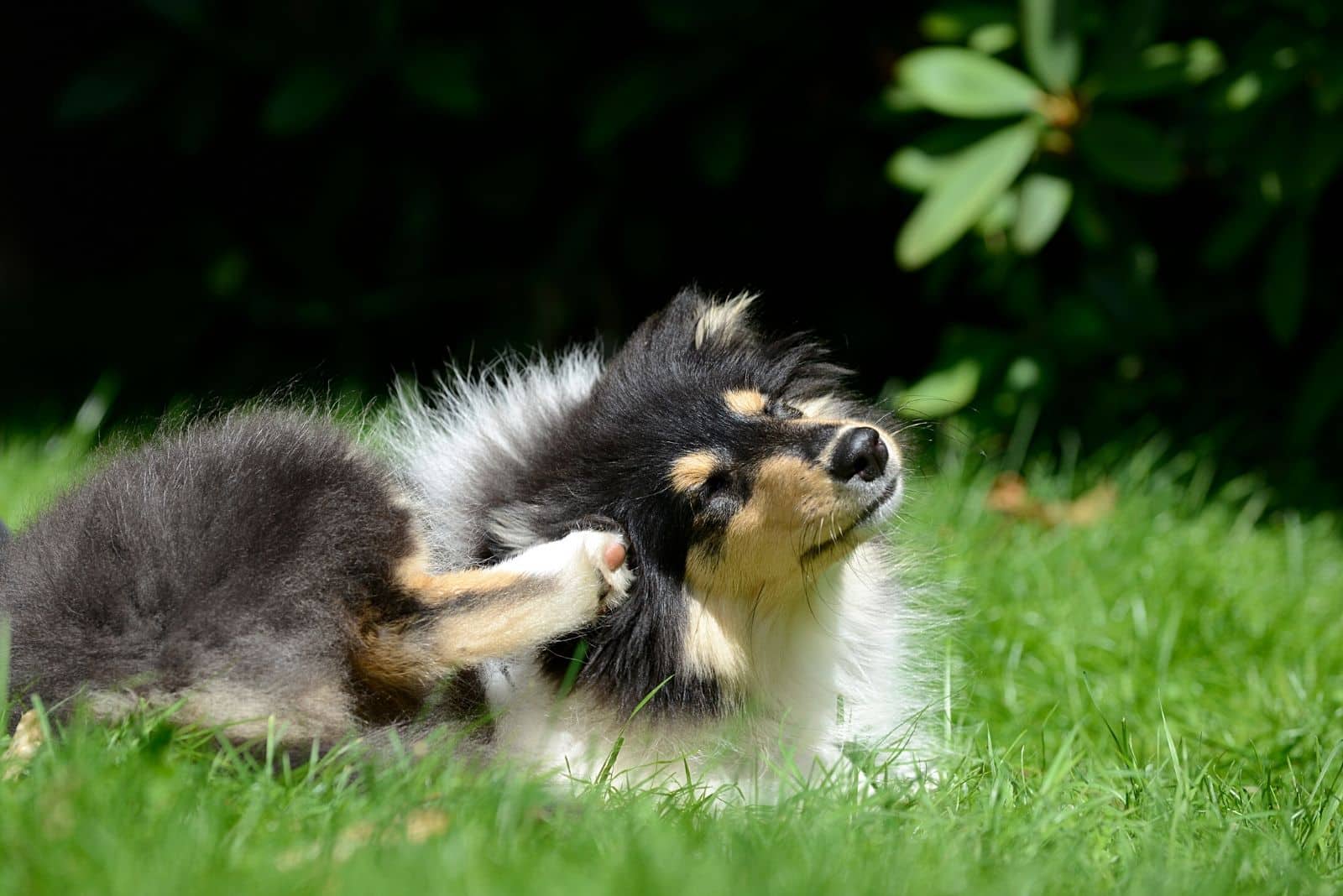
If your dog’s ears seem sensitive to the touch, try taking a gentle look inside. Any yeasty, unpleasant odors or redness will let you know something is wrong. The ear may be swollen, and your pet will probably scratch at it all the time.
You may discover that the hair within the ear has become very matted or find an excess of gunk or discharge. If so, it’s a good time to contact your veterinary surgery.
Are Certain Dog Breeds More Prone To Infection?

Photo from:@matilhashihtzu
As you may have guessed, the answer is yes! Dogs that have been traditionally bred for digging, such as terriers, naturally grow more hair in the ears to help avoid dirt being sprayed inside.
Most purebred dogs suffer from a weakened immune system and will be more prone to ear infections.
Pugs, shih tzus, schnauzers, and other small breeds, or those with long, floppy ear flaps, are all more likely to pick up this irritating problem. Whether spaniels, goldendoodles, labradoodles, or even poodles, they will all have ear issues at one time or another.
Thankfully, most of these cases are dealt with quickly and easily. But could pet grooming be a way of reducing the possibility? Can dog ear plucking provide the answer?
An Alternative Solution?
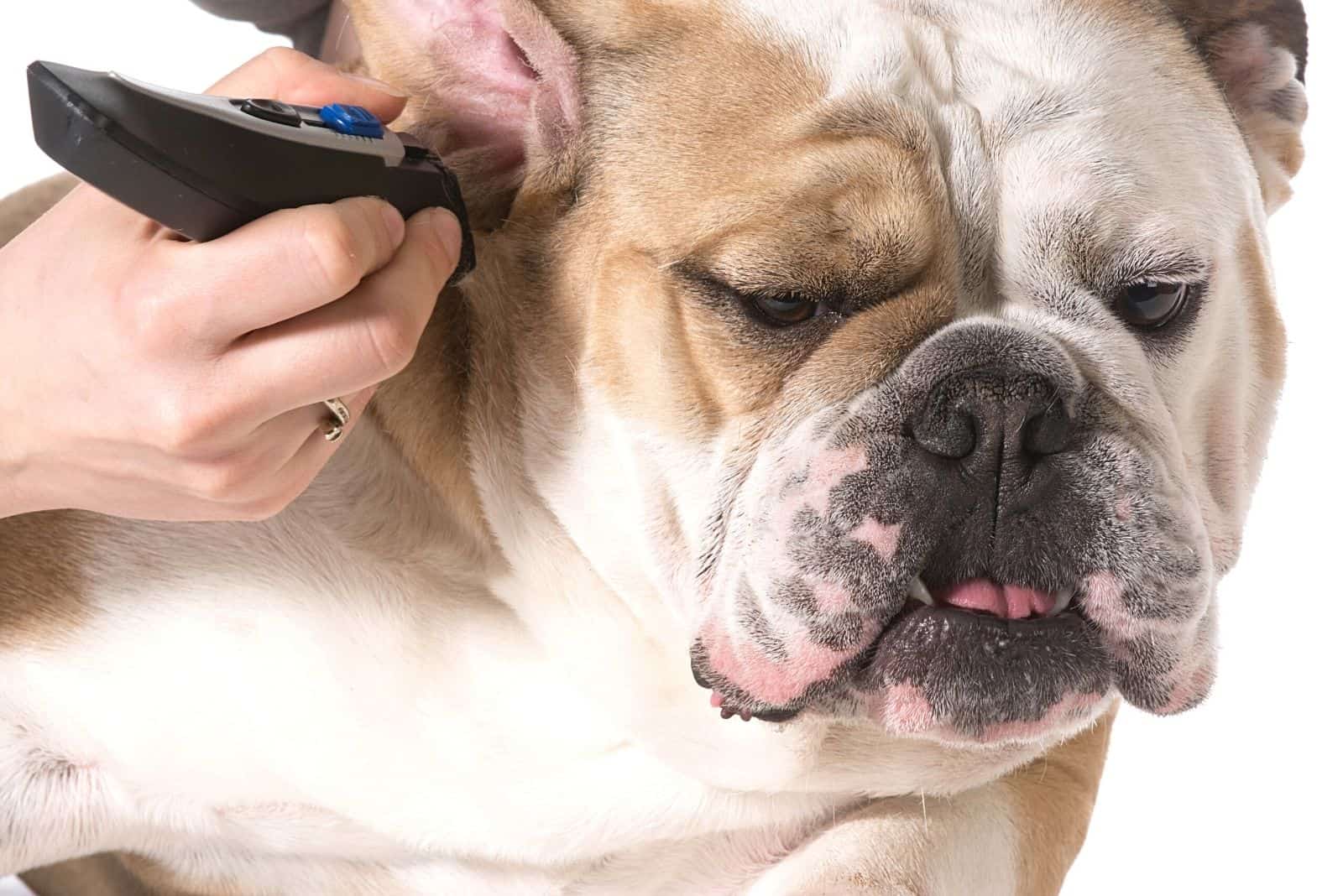
Instead of plucking out the hairs, which, as we have seen, could worsen the problem, some veterinarians and groomers suggest trimming the hair with clippers as a solution.
This seems a reasonable compromise, as it is not painful, doesn’t damage the hair follicles, and achieves similar results to plucking.
If this still doesn’t appeal to you, you may wish to consider introducing a regular ear-cleaning regime for your pet. A word of caution, though: excessive cleaning can also cause problems! Familiarize yourself with how a healthy ear is supposed to look, and only clean them if there’s a build-up of dirt or wax.
Healthy ears will have no odor, will be pink, and free from dirt or inflammation. If an ear is inflamed or smells bad, you’ll need to contact your veterinarian for help. Cleaning an infected ear will probably make it worse.
How Do I Clean My Dog’s Ears?
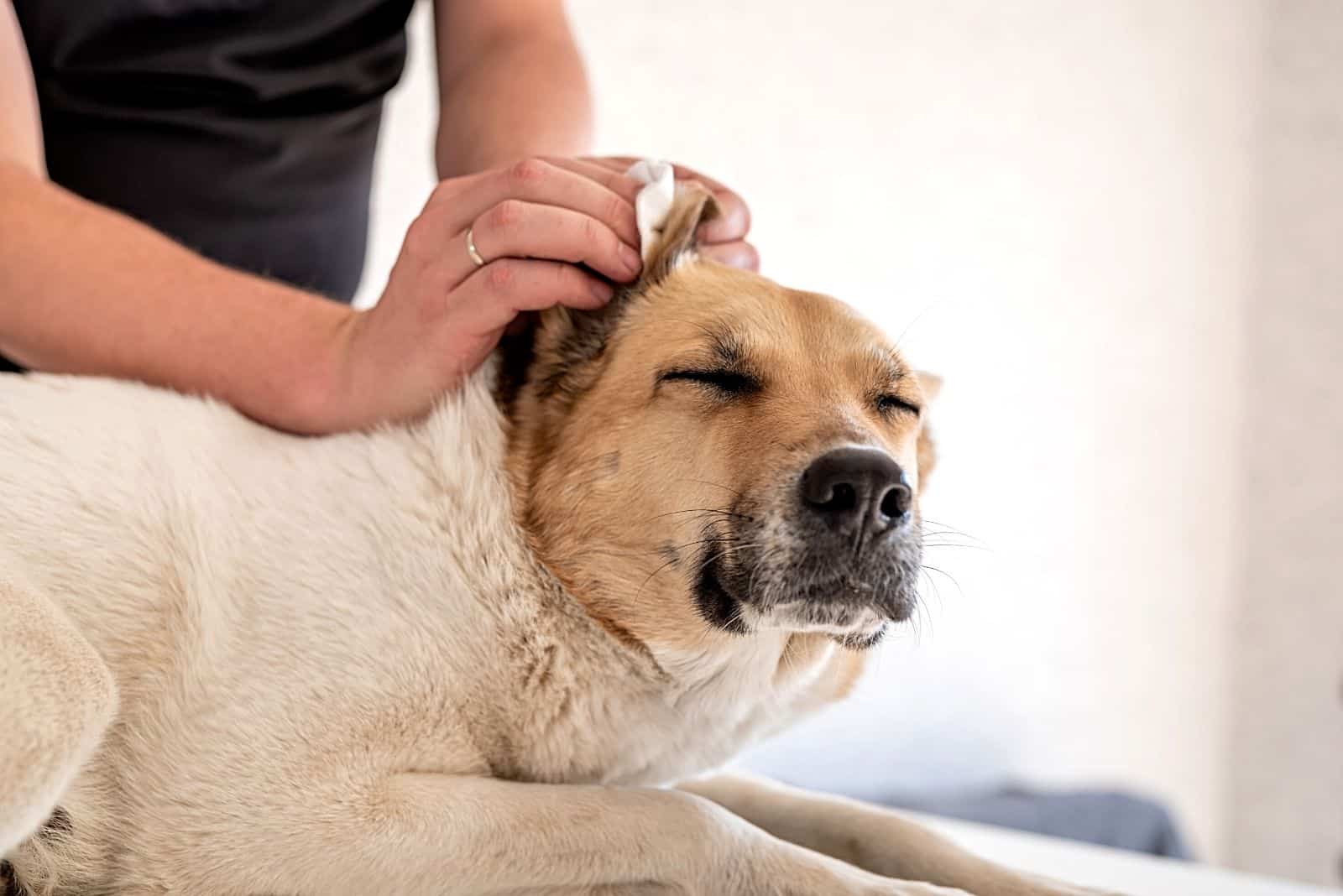
The best way to go about this is to choose a time when your furry friend is calm. You know them best, so this bit should be easy.
Use bribes in the form of their favorite treat if necessary — anything to help make the process run smoothly!
Take an ear cleaning solution (preferably approved by your veterinary office) and squeeze some of the liquid into the ear until the ear canal is filled, but take care that the applicator does not make contact with the skin.
Massage the base of the ear for around thirty seconds, during which time you may hear squelching sounds as the ear solution gets to work.
As soon as you stop, you can guess what will happen. That’s right. They’re going to shake! To save yourself from being sprayed, you could wrap a towel around their head. It might be wise to perform the procedure in a place that is easy to clean too.
Using a clean cotton ball (or gauze, but never a Q-tip!), gently wipe the inside of the dog’s ear canal to remove excess liquid and dirt.
Even if they don’t always need cleaning, a regular check for wax, mites, or infection will help them get used to having their ears looked at.
So What’s The Verdict On Dog Ear Plucking?
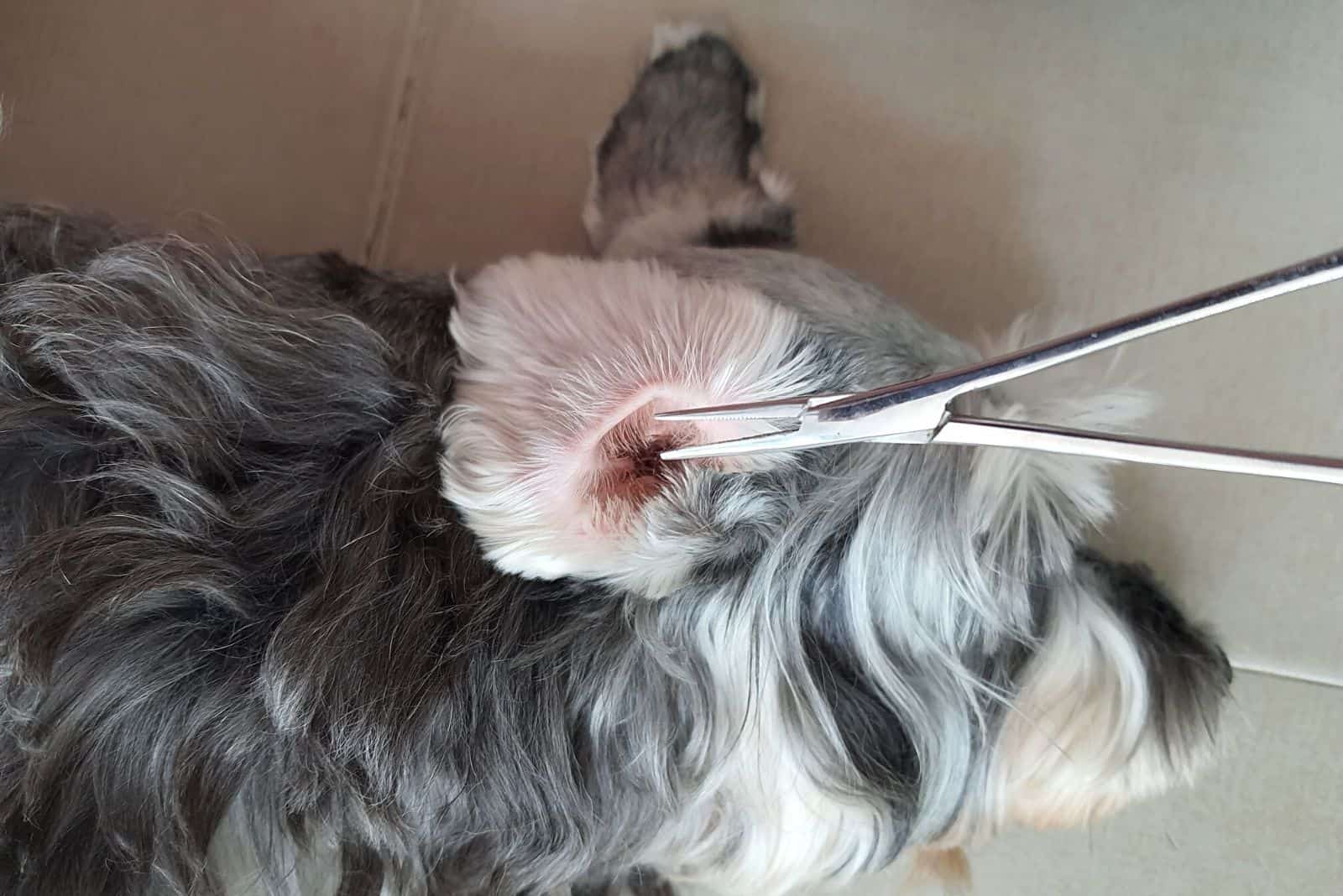
While it’s clear that the debate will continue, the generally accepted opinion endorsed by veterinarians is that ear plucking should only be undertaken rarely, if at all. If your dog is plagued by continual infection, then you might want to seek advice on having the hair trimmed rather than plucked.
Keeping a small amount of hair in the inner ear canal could be the answer, along with regular checks and cleaning when necessary.
As always, prevention is better than cure. If you’re lucky enough to own a dog belonging to a breed that rarely suffers from ear problems, then all is well and good! But those who are prone to such things need to be checked as a matter of course.
By keeping a close watch on your dog’s ears, you can avoid problems such as matting, excess wax, mites, and so on. Remember, it isn’t just a case that your poor pooch will have itchy ears for a few days. If left untreated, it could escalate to become a serious health issue and even cause permanent hearing loss.
On balance, then, given that evidence suggests that this procedure is painful to the dog and could even contribute to the cause of infection, ear plucking for dogs is best avoided wherever possible.
Instead, keep those ears clean, trim hair if necessary, and always check that they are free from odor. This is especially important if your dog is frequently in and out of the water, as the L-shaped ear canal retains water, leading to swimmer’s ear.
If this is an issue for your furry friend, make sure their ears are clean and dry each time they finish their swim.
Also look at other warning signs, such as your dog having cold ears.
In the end, the decision to pluck or not will be yours alone. Most of the points have been covered here to furnish you with all the information you need. The most important thing is that your beloved pet gets the care and attention he or she needs.
As we know, each of these precious pooches is an individual, a part of the family. The last thing we want to do is cause them distress or harm, which is why this decision needs careful thought.
However, there’s no need to rush into any decision. As alluded to earlier, only you know your pet. You can seek advice and explore options, but when all is said and done, you will do what you believe is the right thing for them.
After all, that’s all that matters, isn’t it?
Read Next:
• Dog Ear Positions Chart: 5 Ear Positions You Need To Know About
• 19 Dog Breeds With Rose Ears – A Rose For Everyone’s Garden
